Microsoft Translator is world class fast, but supercomputer DeepL Translator wins out
2 min. read
Published on
Read our disclosure page to find out how can you help Windows Report sustain the editorial team. Read more

Microsoft Translator, the company’s speech translation technology that powers the app of the same name or Skype Translator, made the switch to neural networks last year. At the time, the Redmond giant claimed that the neural net architecture would provide “major advances in translation quality over the existing industry-standard Statistical Machine Translation (SMT) technology,” but the well-known translation tool has apparently been outmatched by a new entrant.
DeepL Translator, a neural network-based translator developed by German tech company DeepL (the same company behind Linguee, the first web search engine for translations) has officially launched yesterday, promising to deliver 3x better results compared to Microsoft Translator and Google Translate (via Winbuzzer). These breakthroughs are the result of the company’s unique neural translation networks, which have been trained on a 5.1 petaFLOPS supercomputer in Iceland.
“Despite the money and resources that major internet companies have been pumping into the development of neural networks, it is DeepL that can boast the world’s most accurate and natural-sounding machine translation tool,” explains the company. “When users enter a text, DeepL’s artificial intelligence is able to capture even the slightest nuances and reproduce them in translation unlike any other service.”
To prove these pretty bold claims, the company did some blind tests with 100 sentences translated by DeepL Translator, Google Translate, Microsoft Translator, and Facebook. The professional translators that assessed the results preferred the company’s translations over the competition’s by a factor of 3:1. “Automated tests bear this out, as well,” added the company, citing record BLEU scores (the bilingual evaluation understudy score, an industry standard for measuring translation performance).

“We have achieved several significant improvements in neural network architecture,” explained DeepL founder and CEO Gereon Frahling. “By arranging the neurons and their connections differently, we have enabled our networks to map natural language more comprehensively than any other neural network to date,” he added. For now, DeepL supports 42 languages combinations, on you can try it on the web to see if its translations are really significantly better than the competition.
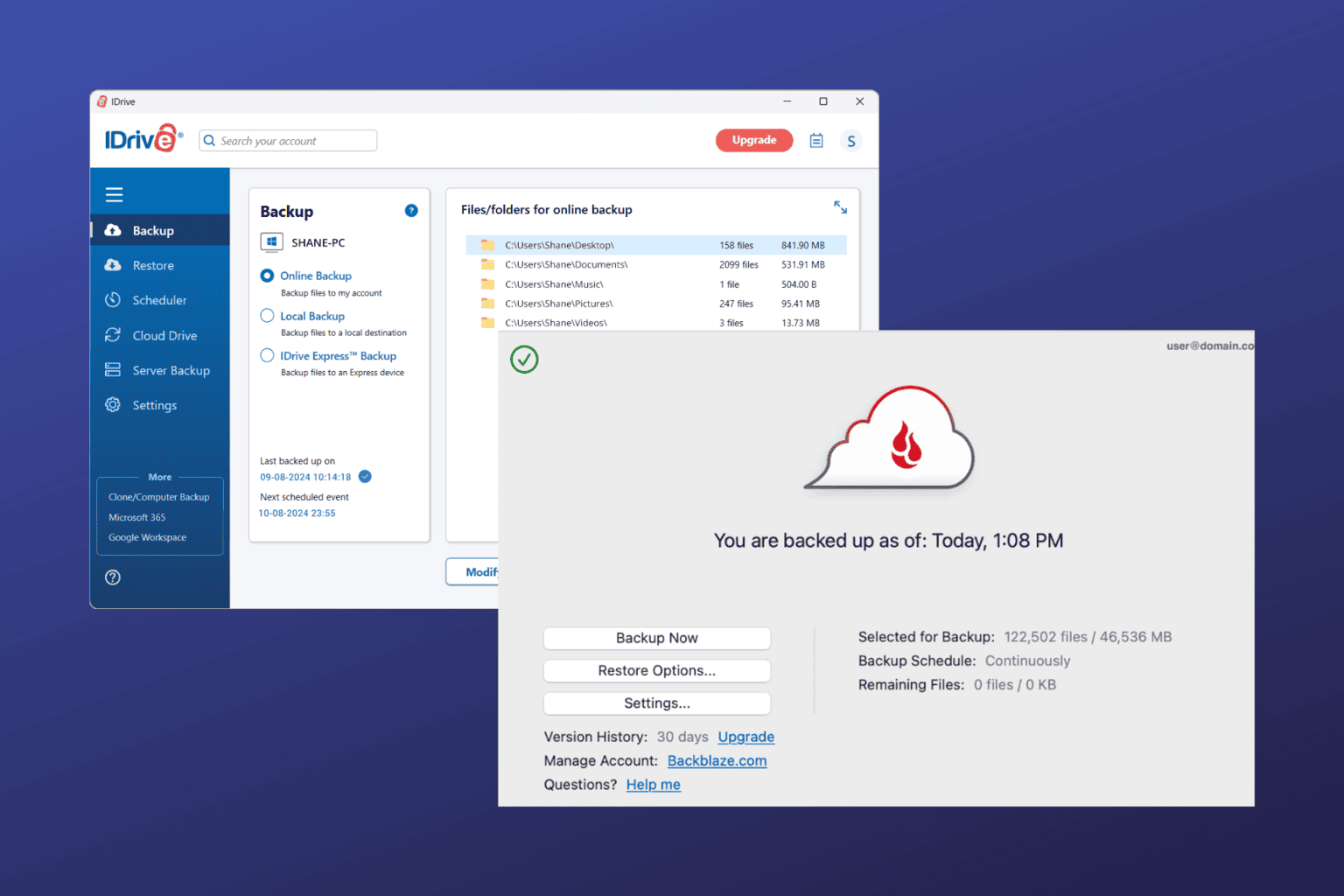
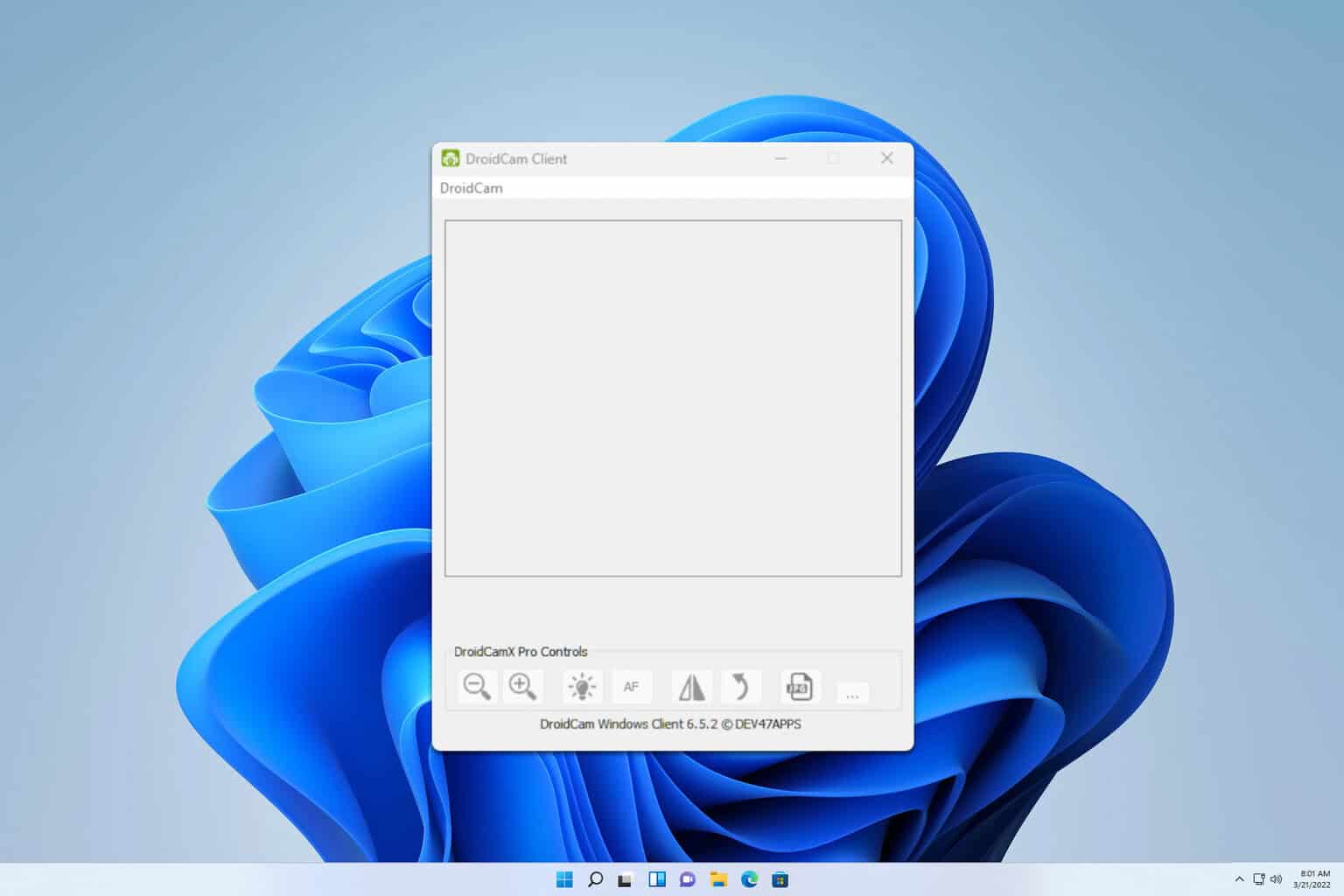
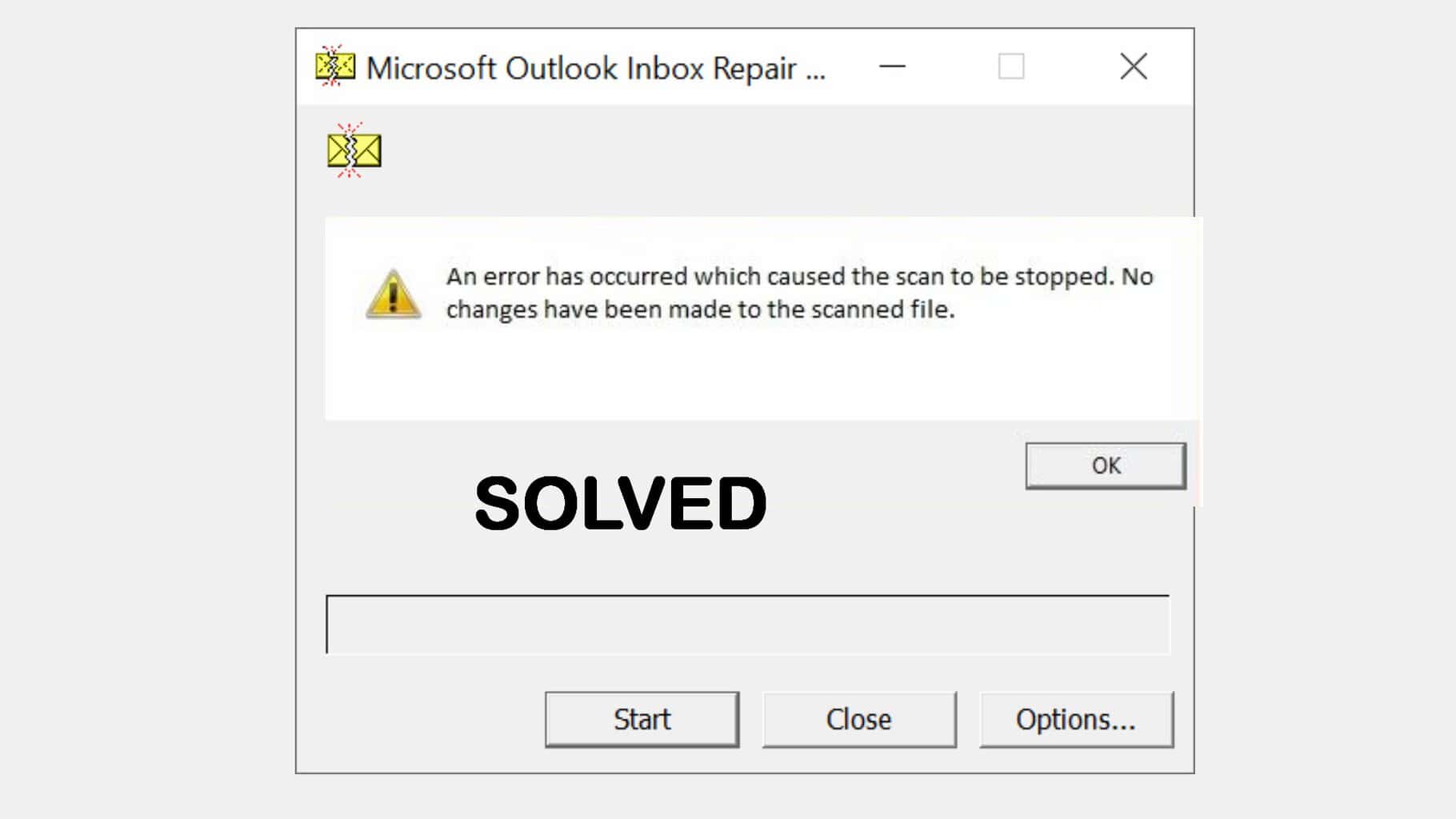
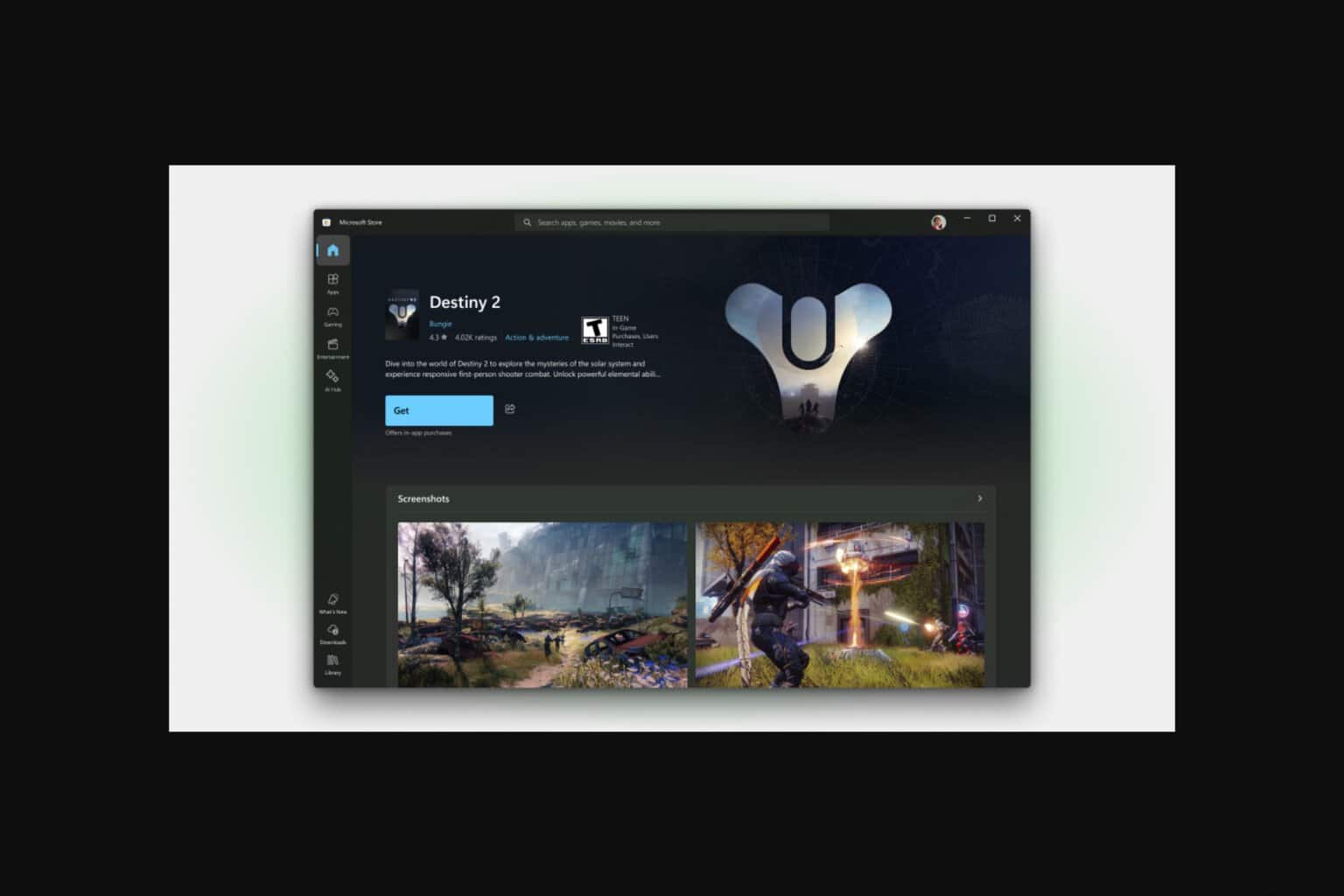

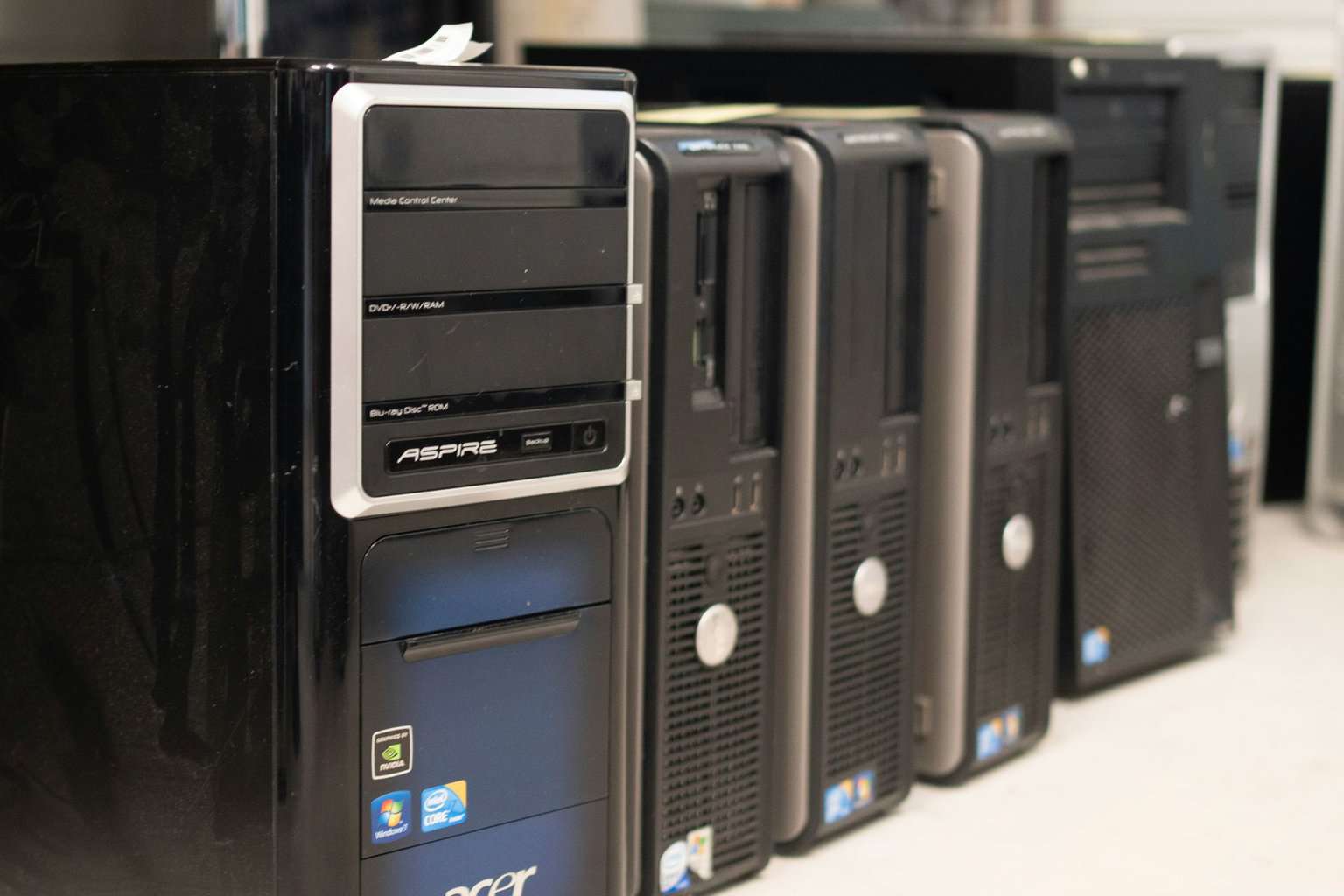
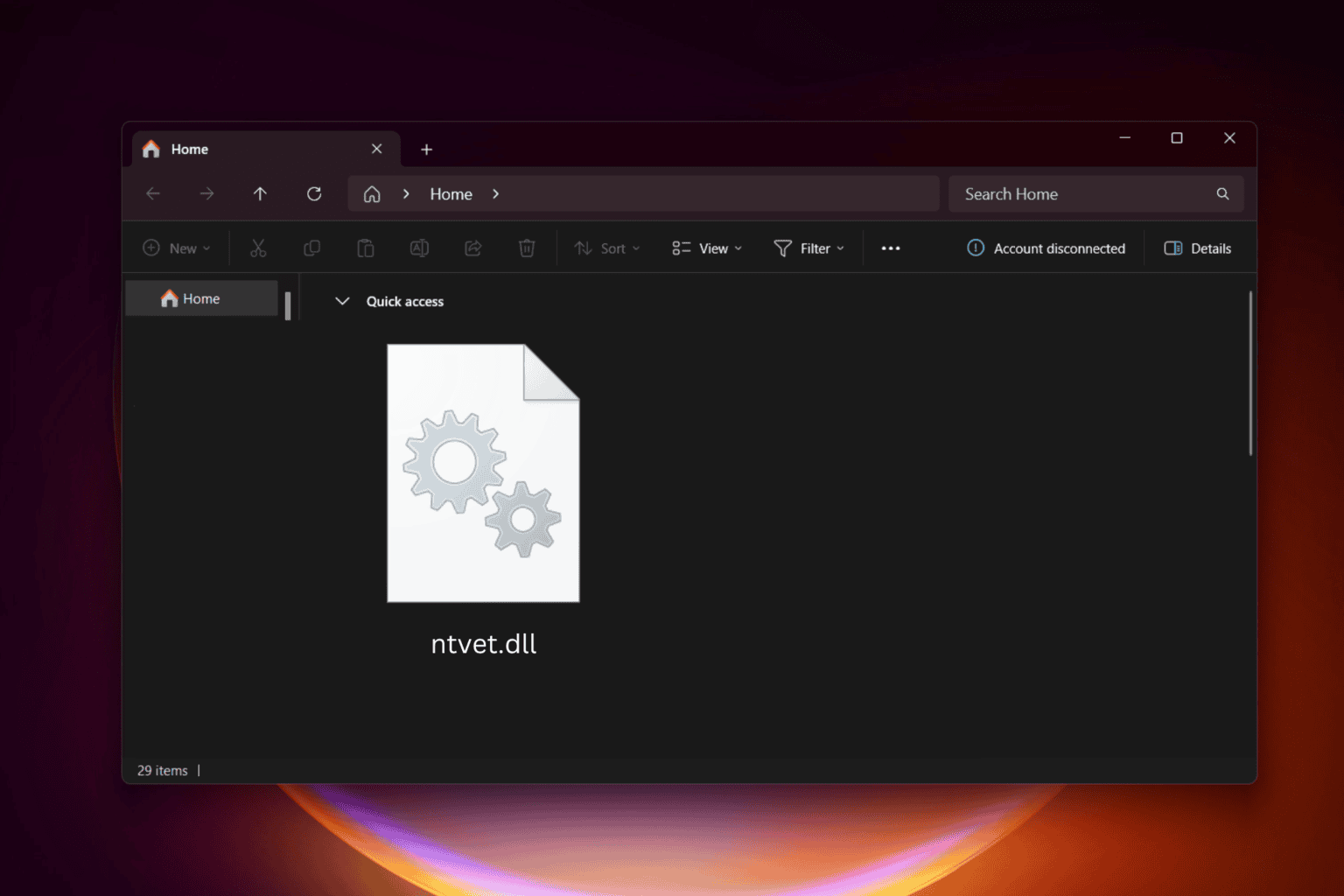
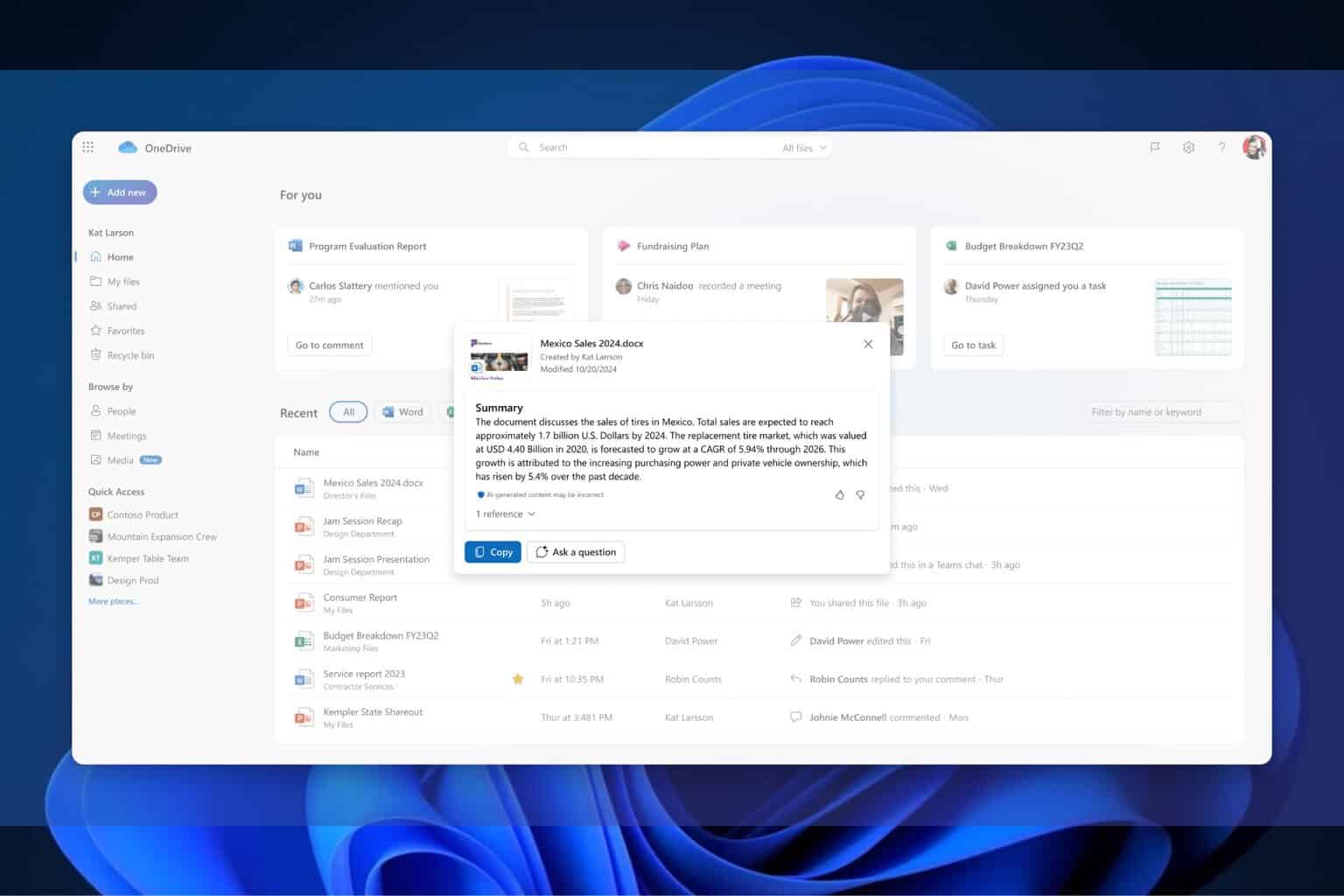
User forum
0 messages